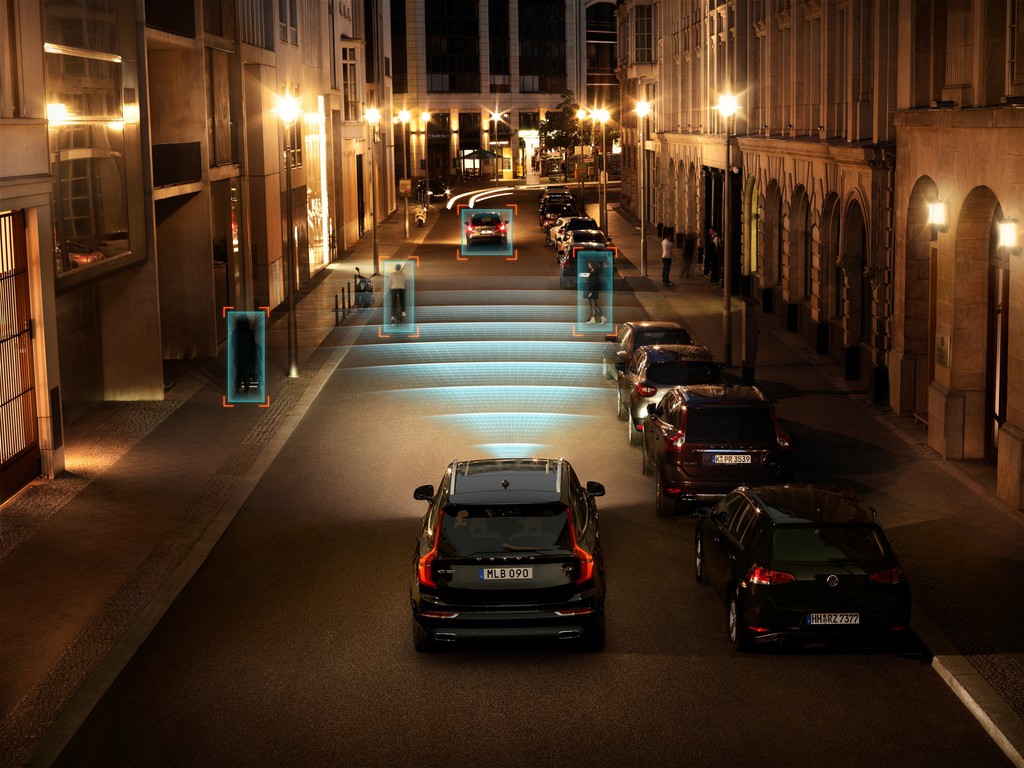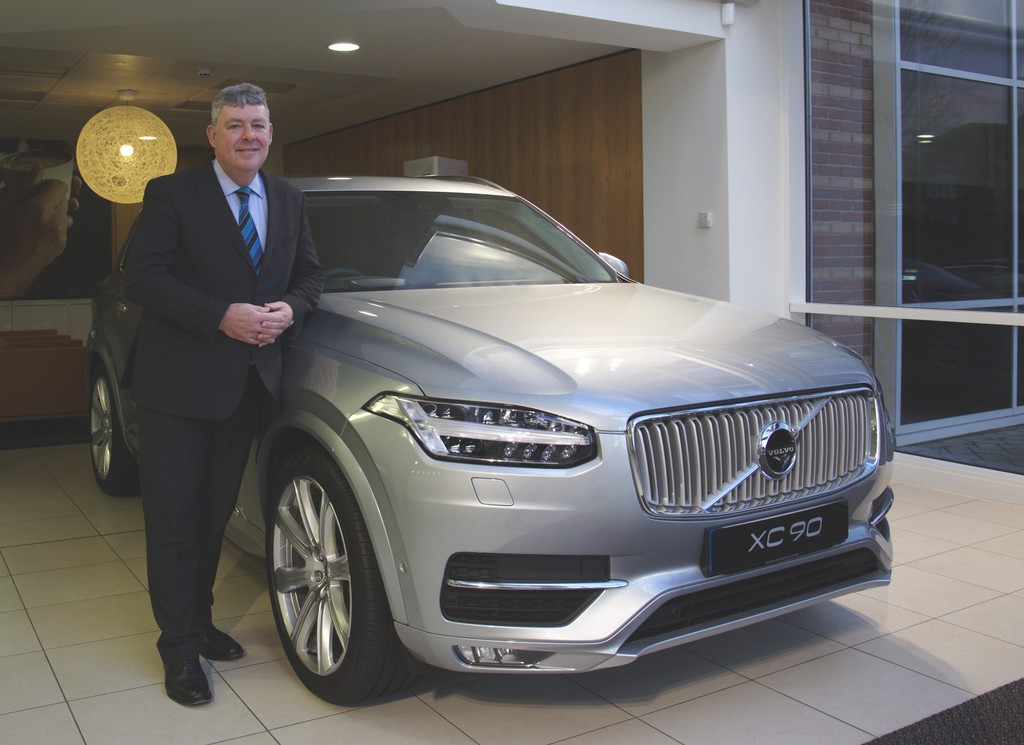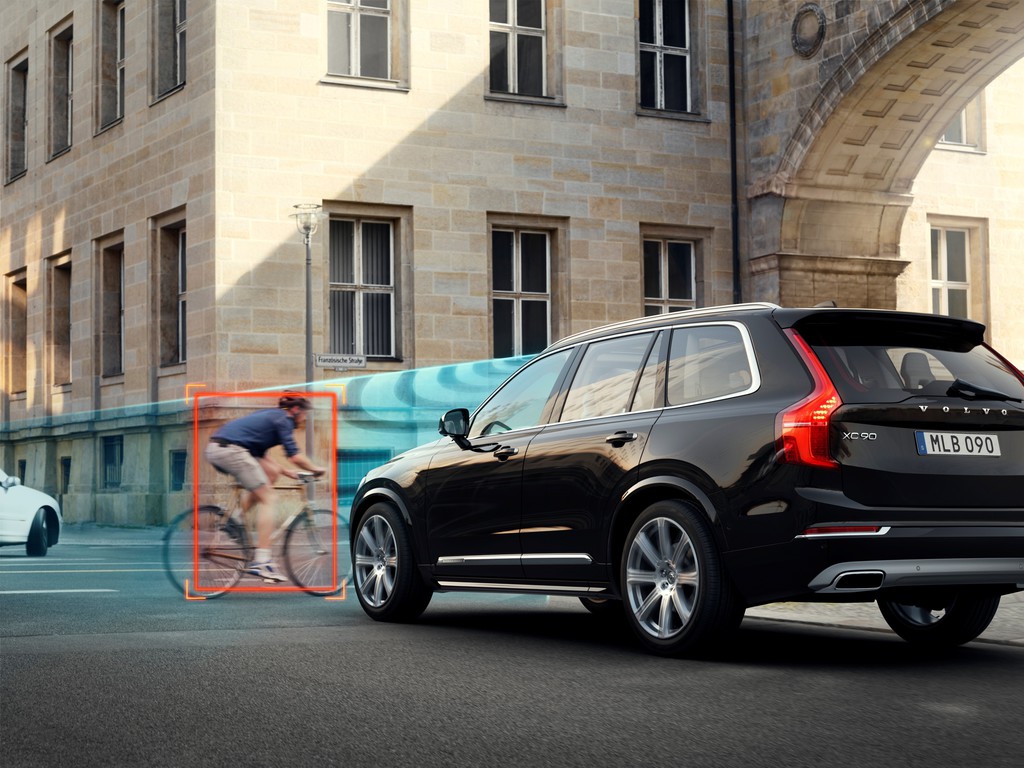
Kelly Rose
Editor

Kelly Rose
Editor
Over 500 people are injured on the UK’s roads every year and it’s thought that approximately one third of these involve someone driving on business. In addition, millions of vehicles being driven for work are involved in collisions that cause damage to the vehicle or property. But how much of this is avoidable?
The risks and the costs to employers can be considerable so an effective driver risk management programme is essential. Employers should look at the following four areas:
Management
Employers need to have a robust safe driving policy in place and ensure it is reviewed regularly and communicated effectively to all drivers. Business owners should look to measure current collision levels and related costs so they can see where cost reductions and performance improvements can be made. Proactive engagement and leadership by directors and senior management is also essential in building an improved safety culture where lower risk driving is the default rather than the exception.
The Driver
Employers need to ensure their drivers are legally entitled to drive for work – this means checking driving licences and, where an employee is driving their own car, that the correct business insurance is in place. It also means educating drivers about the risks they face when driving – including issues such as mobile phone distraction and driver fatigue. Improving driver awareness and knowledge will allow them to make better informed choices, reducing the risk they pose to themselves, other road users and their employers.
The Journey
Focusing on the specific characteristics of a drivers’ journeys can also be effective. Most collisions happen in built-up or urban environments while most fatalities occur on rural roads. Relatively few collisions happen on motorways, however the consequences are often far greater due to higher speeds. Effective scheduling of work or meetings and journey planning is essential to minimise the temptation to speed due to time pressure.
The Vehicle
Looking at the vehicle selection policy from a safety point of view is something that more and more businesses are now starting to look at because they understand what a dramatic impact this can have on both collision reduction and cost reduction, however many business owners and risk managers are unaware of just how much difference safer vehicles can make.
Driver error is a key factor in most accidents and so the accident could have been avoided if the driver had not made the error. Traditional ‘passive’ vehicle safety systems such as crumple zones, seatbelts and airbags reduce the likelihood and severity of injury when the crash has already happened.
Modern vehicles, however, can now be fitted with a huge range of ‘active’ safety systems, commonly known as driver assist systems, which can help drivers avoid the accident in the first place.
Volvo, under its ‘Intellisafe’ umbrella, has now developed a range of these on-board safety systems to help protect drivers on the road.
Volvo’s City Safety system is now fitted as standard on all models in its fleet range. City Safety performs an emergency stop at speeds of up to 31mph if the car’s on-board cameras and radars detect an imminent impact. Research conducted recently by Euro NCAP and ANCAP, the independent bodies for Europe and Australasia road safety and risk awareness, found that City Safety reduced real-world rear-end crashes by 38%. The safety and cost benefits of safer vehicles to business should therefore be obvious.
The latest incarnation of this system available on Volvo’s XC90, V90 and S90 models operates at all speeds and also comes with comes with Pilot Assist, Volvo's semi-autonomous drive technology, which takes care of the steering, accelerator and brake inputs to keep the car in its lane up to 80 mph and maintain a safe distance to the vehicle in front. The 90-series models also come with automatic emergency braking at a junction, which applies the brakes should the driver turn in front of an oncoming vehicle.
And it’s not just the number of collisions that’s reduced, but also the severity. This means fewer whiplash and other neck-related injuries, and less accident damage to cars, all of which is translating into lower insurance premiums, with insurers offering discounts of between 20-25% on premiums for Volvo drivers. For fleets with multiple vehicles, this can start adding up to significant savings.
These advances in vehicle safety are all working towards Volvo Cars’ Vision 2020, in which no one is to be seriously injured or killed by the year 2020 in a new Volvo. Their longer term goal is to design cars that do not crash.



Scandinavia House
Norreys Drive
Maidenhead
SL6 4FL
UNITED KINGDOM
01628 422200